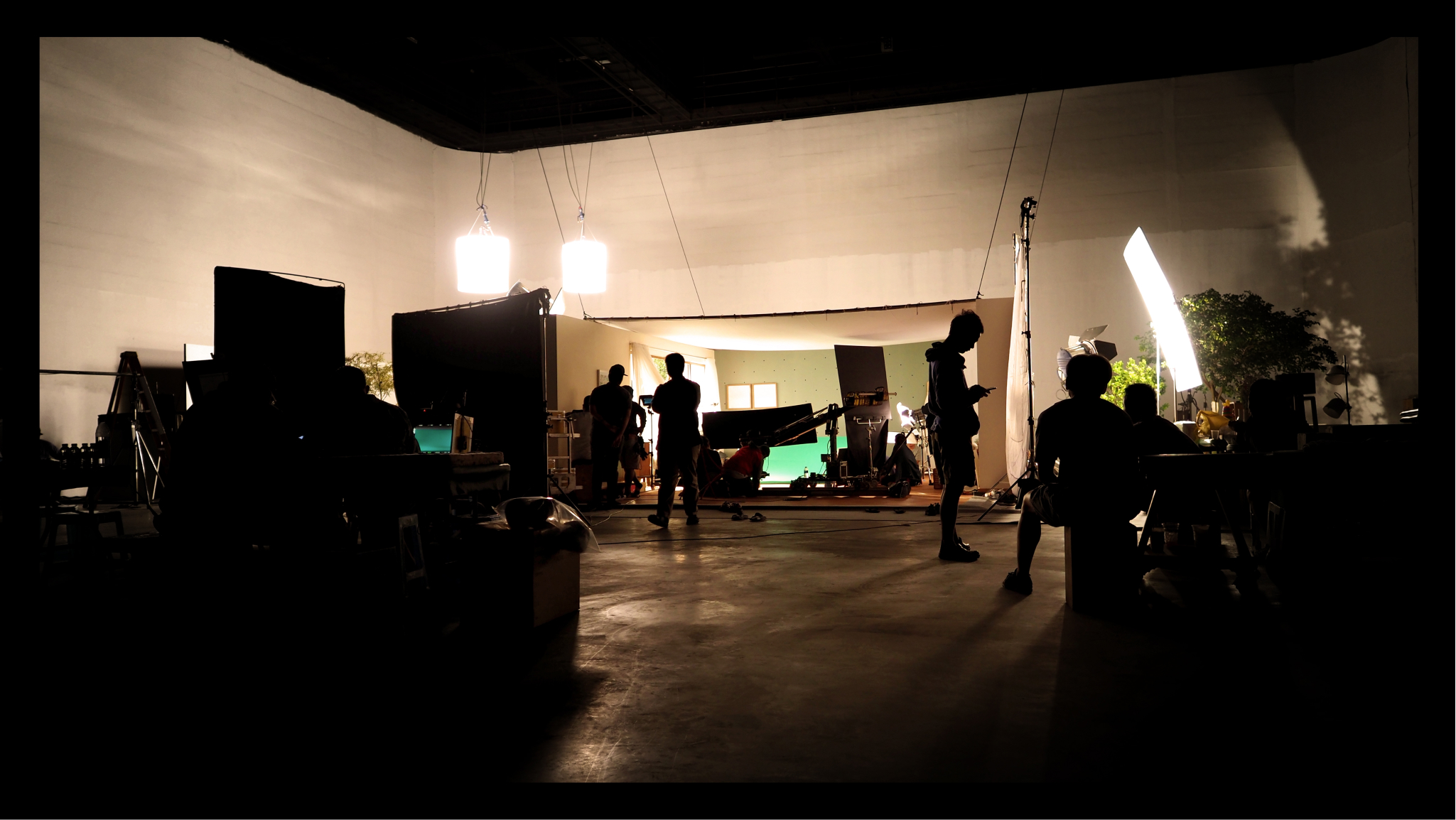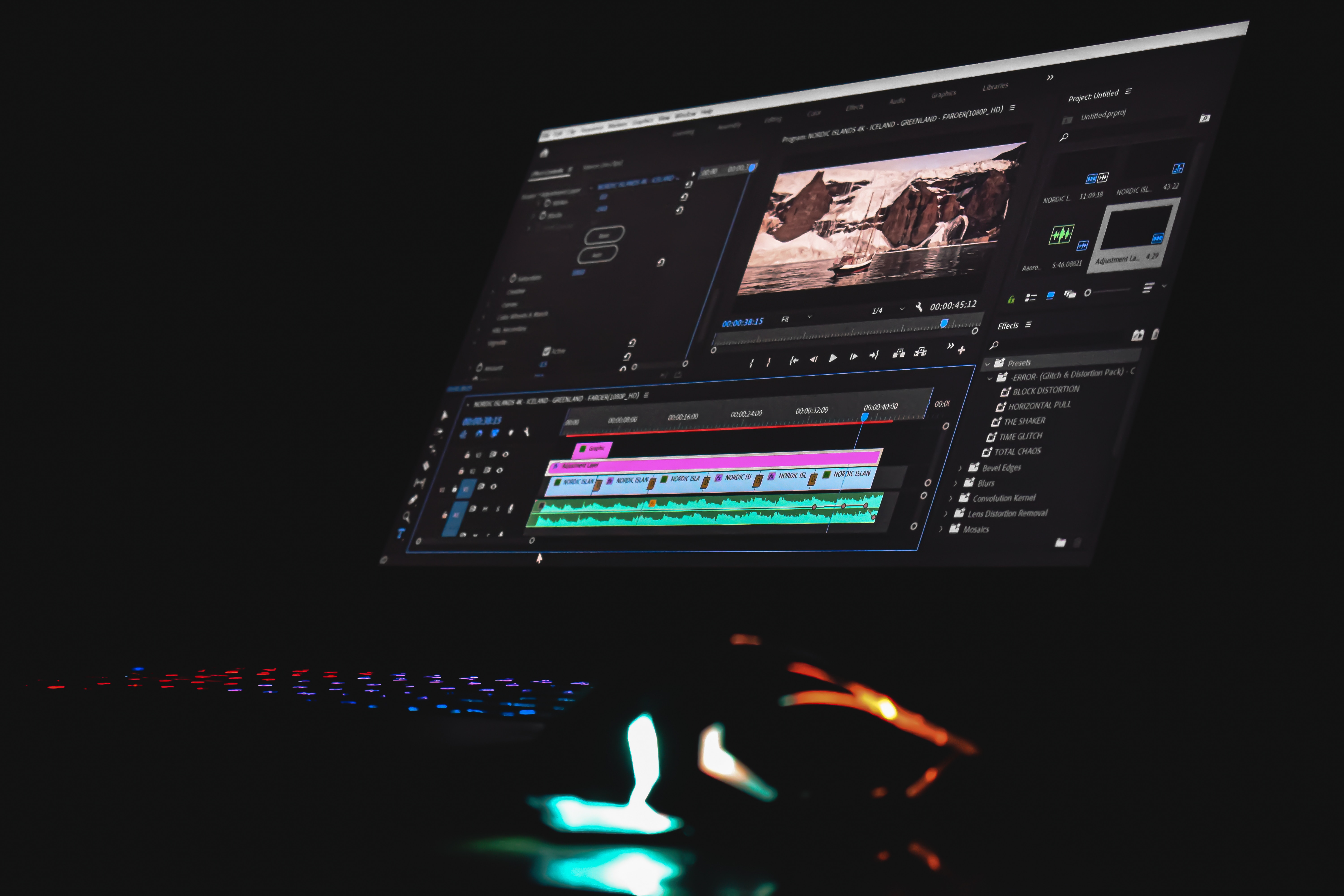Videography and cinematography are two terms that are often used interchangeably, but they are not the same thing. The main difference between the two is their approach to the art of storytelling through visuals. Read on to find out how the two aspects of filmmaking, and the terms videographer and cinematographer, are strikingly different.
Videography vs. Cinematography Explained
Videography is the art of capturing moving images, usually with a digital camera, and piecing them together to create a video that documents an event. From weddings to corporate conferences, videographers focus on capturing the essence of the event in a simple yet effective manner, often relying on the raw emotions of the moment to tell the story without excessive post-production editing or special effects.
Cinematography is an art form that uses visuals to create an immersive experience that transports the viewer into the story. Cinematographers are like the conductors of a symphony, responsible for orchestrating a film's overall look and feel. They use lighting, camera angles, framing, and other techniques to create a specific mood and tone that help tell the story. Working closely with the director, cinematographers act as directors of photography and can bring the vision to life through a visually stunning medium.
In contrast to videography, cinematography requires meticulous pre-production planning and preparation and an extensive post-production editing process to achieve the desired visual effects. It's a team effort that requires high-end equipment and a team of skilled professionals working together to create complex shots and sequences.
Videography
An essential tool for documenting events, creating promotional videos, and even producing films, videography's distinct characteristics include its immediacy, wealth of applications, and reliance on editing.
What It Is
What is videography? Videography is a creative and technical process that involves capturing video footage and turning it into a compelling story. The primary goal of videography is to capture events or a narrative in a way that is engaging, entertaining, and informative.
Videographers must possess a keen eye for detail, technical expertise, and the ability to tell a story through visual means. They must also understand video production techniques, including lighting, composition, and sound design.
Videography is used in various settings, such as weddings, corporate events, educational videos, and other special events. For example, a wedding videographer may capture footage of the ceremony and reception, then edit it into a highlights reel that tells the story of the couple's special day.
Primary Projects and Applications
Videography has a wide range of applications in today's media landscape. One of the primary uses of videography is to capture and document events, such as weddings, conferences, and concerts. In the corporate world, videography is used to create promotional videos, training videos, and other forms of visual communication.
Content creators also use videography to produce video content for social media, YouTube, and other digital platforms. In journalism, videography is crucial for capturing news footage and producing documentaries. For example, a videographer covering a news story may capture footage of an event and edit it into a package that tells the story of what happened.
Video Cameras and Equipment Used
Videographers use a range of video cameras and equipment to capture moving images. The type of camera used depends on the project and the desired visual effect. DSLR and mirrorless cameras are commonly used by videographers, as they offer high-quality video in a compact form factor. Professional camcorders are also used in more high-end videography projects.
In addition to cameras, videographers use various equipment to achieve the desired visual effect. This includes tripods, stabilizers, sliders to ensure smooth camera movement, and microphones to capture high-quality audio. A travel photographer's kit would look significantly different from a wedding photographer's, as they may use a stabilizer to capture smooth footage while walking around a city.
The Role of Videographers
Videographers are visual storytellers who use their skills to create captivating video content. Their primary role is to capture high-quality footage that tells a story and engages the viewer. Videographers must be skilled in all aspects of video production, from shooting footage to editing it into a final product. They must understand video production techniques, including lighting, composition, and sound design.
In several ways, a videographer doubles as a video editor. They must be skilled in using editing software and have a keen eye for detail to ensure the final product is visually stunning and has a compelling narrative. For example, a videographer shooting a commercial for a new product must be able to capture the product in an engaging and visually appealing way while also telling the story of how it can benefit the consumer.

Cinematography
Cinematography is a highly skilled and artistic process to create motion pictures emphasizing visual storytelling and aesthetics. The signature aspects of cinematography include its beginning-to-end role in the filmmaking process, its use of tools to create the chosen atmosphere, and the importance of post-production.
What It Is
What is cinematography? Cinematography is the art of using visual techniques to tell a story onscreen. It encompasses all aspects of the filmmaking process, from pre-production planning to post-production editing. Cinematographers use various tools, such as camera movement, lighting, and composition, to create a specific visual style and mood. They work closely with directors to create a cinematic vision that captures the essence of the story.
A famous example of cinematography is the use of lighting and camera angles in the film The Godfather to create a dark, brooding atmosphere that helps communicate the movie's themes.
Primary Projects and Applications
Cinematography is used in a wide range of projects and applications. It is used in feature films, commercials, music videos, television shows, and documentaries, among other things.
In feature films, the skill is to create a specific mood or atmosphere with cinematography techniques that enhance the story being told. For example, in the movie Joker, the use of close-up shots and handheld cameras creates a sense of unease and discomfort that mirrors the main character's emotional state.
Meanwhile, in commercials, the cinematography produces a specific look and feel that supports the brand's message. For instance, a car commercial may use sweeping shots of the vehicle in motion to convey a sense of speed and freedom.
Tools and Equipment Used
Cinematographers use many tools and equipment to create a cinematic experience. They may use different types of cameras, lenses, lighting equipment, and other tools to achieve a specific look or mood. For Gravity, cinematographer Emmanuel Lubezki used a specialized camera rig to create the illusion of zero gravity.
In addition to technical equipment, cinematographers may use various props and set pieces to achieve the desired look and feel. For example, in the film Blade Runner 2049, neon lighting and holographic advertisements create a futuristic cyberpunk atmosphere.
The Role of Cinematographers
The role of a cinematographer is to work with the director to create a visual style and mood for the film. They essentially work as directors of photography and are responsible for capturing the story's emotion, mood, and atmosphere. Cinematographers must possess a deep understanding of the visual language of cinema, including art direction, lighting, composition, camera movement, and editing.
They must also be skilled in collaborating with other film crew members, including the production teams of designers, art directors, and visual effects artists, to achieve the desired look and feel. Ultimately, the cinematographer's role is to use their artistic and technical skills to create a cinematic experience that transports the viewer to another world and an engrossing narrative.
Key Differences
While they have similarities, there are important differences between videography and cinematography.
Videography typically records events, while cinematography creates more cinematic, artistic films. The approach of the videographer is more journalistic, focusing on capturing events as they unfold. In contrast, the cinematographer is more concerned with crafting a film's overall look and feel.
Another key difference is the equipment used. Videographers often use consumer-grade digital cameras, while cinematographers typically use professional-grade cameras and lenses that offer greater control over image quality and depth of field.
Post-production is often more extensive in cinematography, involving color grading, visual effects, and other techniques to create a specific look and feel. In contrast, videographers focus on straightforwardly capturing the event with minimal post-production effects.
Key Similarities
It's no wonder that people sometimes confuse videography and cinematography, given the similarities between the two. Both involve capturing moving images and narrative storytelling through visual media. Both require a good understanding of composition, lighting, and camera techniques to create engaging footage.
Both videographers and cinematographers must work with clients or directors to understand the desired look and feel of the final product. They must work collaboratively and communicate effectively to bring the vision to life, though cinematographers generally work with a larger crew.
The two skills can be used in various contexts, such as weddings, corporate events, music videos, and feature films. Both require a high level of technical skill and attention to detail to create professional-quality footage.
While there are differences between videography and cinematography, both share a common goal of telling compelling visual stories through video.
Use the Right Effects for Your Next Film Production Project or Music Video
When producing a high-quality film or music video, choosing the proper effects can make all the difference. Whether you're going for a straightforward videography approach or a more artistic cinematography style, you must consider the tools and equipment you'll need to create professional-quality footage.
No matter what kind of video professional you are, the right audio can take your project to another level. At stockmusic.net, we offer a vast array of royalty-free sound effects and music tracks to help your project sound incredible. Whether you need music for your film production or music video, we've got you covered. Visit stockmusic.net today!




